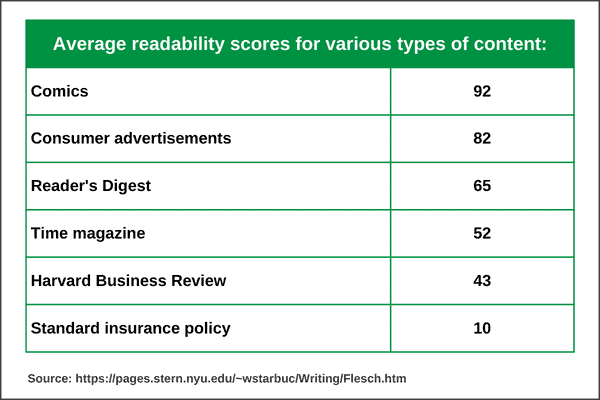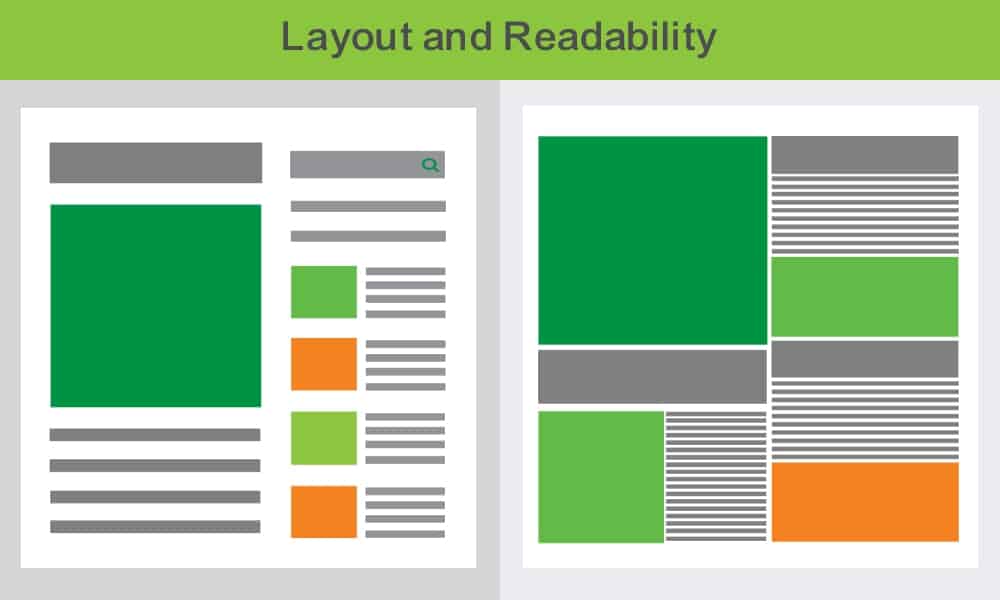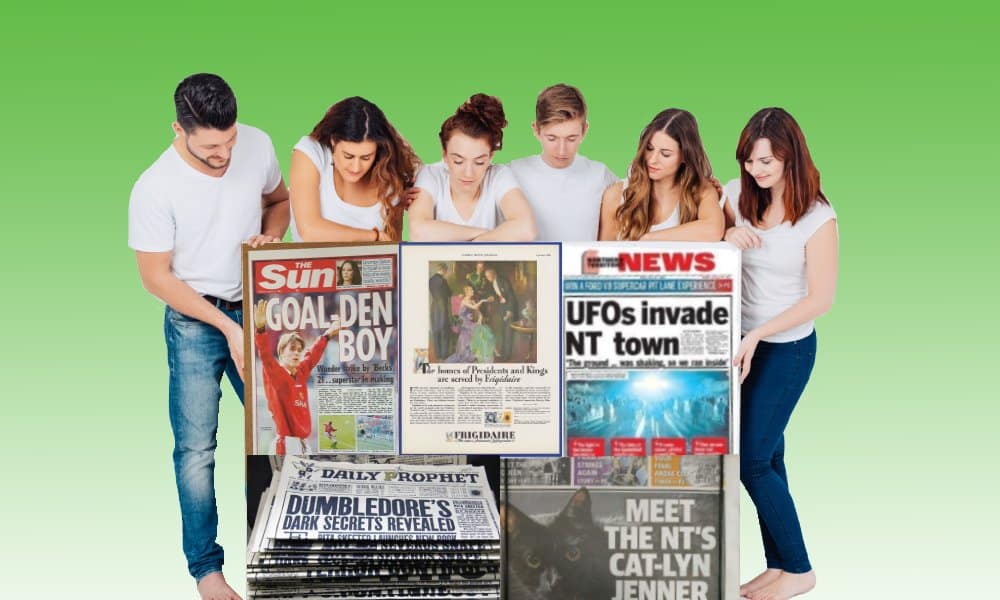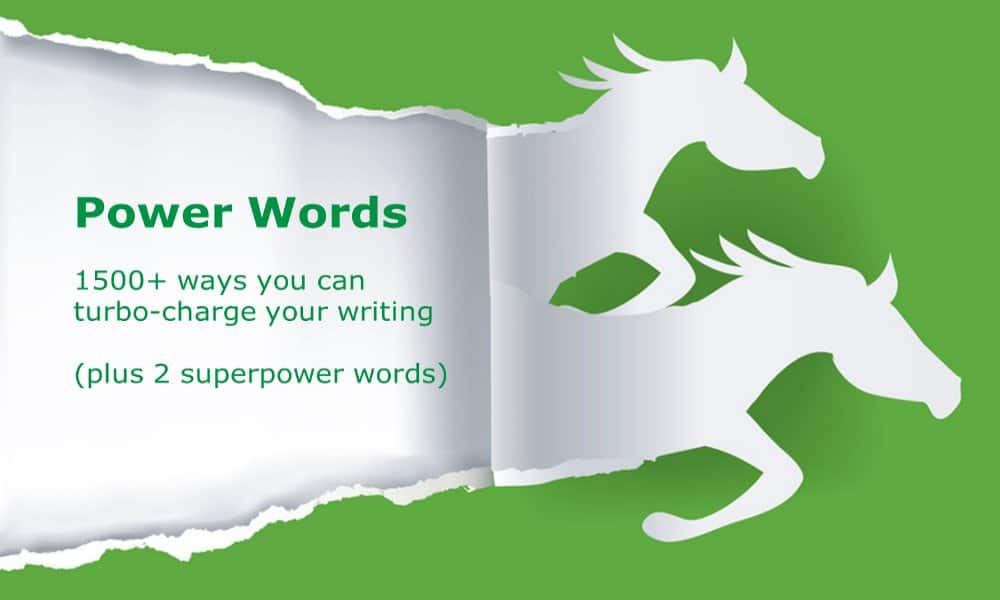How easy is your content to read? It turns out that readability is pretty important. Around 40% of Australian adults have limited literacy.
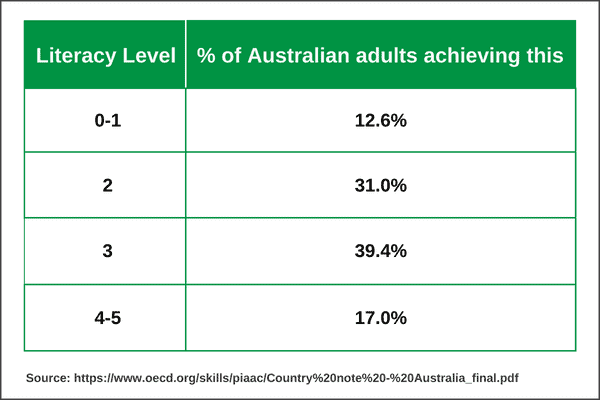
If you want these people to read anything you write, you need to make it easy and simple for them. Even for people who can read well, easier-to-read text is a better experience.
Time to dive into what ‘readability’ actually is, and share some tips on how to make your writing more readable.
Readability – understanding what it is and setting goals
A ‘readability score’ is simply a way of measuring how easy it is to read a particular text. There are a number of different scoring systems, of which the most popular is the Flesch-Kincaid system. This gives you two scores:
- a raw ‘readability score’, which helps you compare your text to other pieces of writing. Higher scores are more ‘readable’.
- a ‘grade level’. This equates to the (US) school grade required to understand this text. If the score is more than 12, it means the number of years of education required to understand the text. At this point, you’re writing for university students and beyond.
How do you assess the readability of your text?
This page will calculate the readability of your text according various systems, inlcuding Flesch-Kincaid. (Note that entering a url may give a misleading result due to menus, footers and so on. Ideally you want to measure the readablity of the body text, not the entire page.
You can get a grade score from the Hemingway app. This app also highlights various issues, which can help with editing.
Here are a couple of examples of text pasted into the Hemingway app. You can see how the longer sentences cause issues. (These are the opening paragraphs of pages I found when I searched ‘readability tips’. Ironic that one of them is not very readable!)
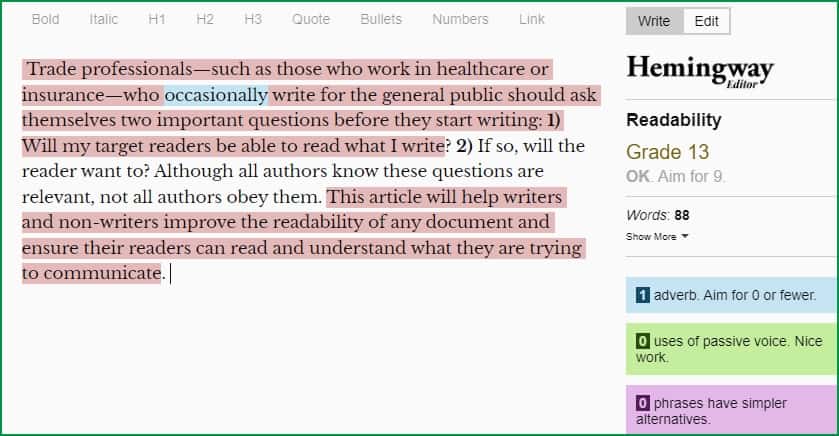
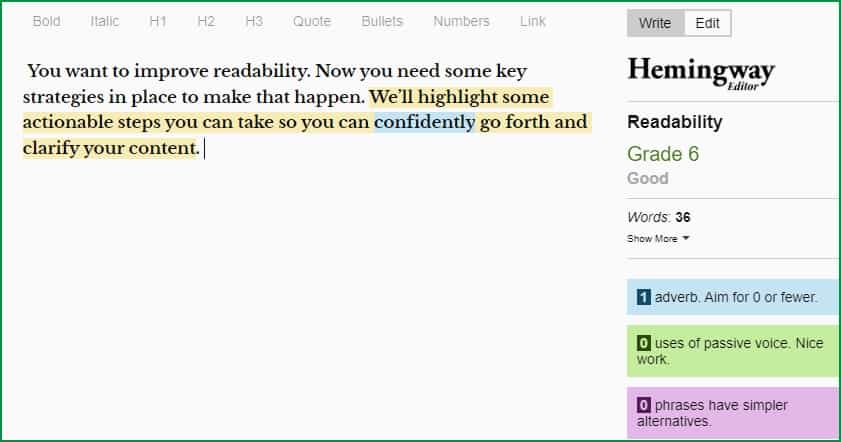
If you use Microsoft Word, you can get readability data within your Word document.
What’s a good readability to aim for?
The table below shows the readability standard of various types of written material.
When you’re deciding what score you want to aim for, consider your audience and what you’re writing about. Cardiovascular surgeons are highly educated, and content for this market may include complex medicate terms. That’s entirely different from writing for the average consumer about plumbing, or divorce law, or even insurance.
Perhaps the most important thing, though, is that when writing for the web, the generally accepted standard is a readability of 60% or more.
That means you are writing for high school students. But how exactly do you do it?
Basic tips for readability
These tips will help you achieve a good readability score using the Flesch-Kincaid or other systems. These rules are based on the algorithms, so they’re a little mechanical, but they are a great place to start.
1. Use short words. There is rarely (if ever) any reason to say utilise rather than use.
2. Use short sentences. Use one sentence for one idea. When you get to a second idea, use a second sentence. Vary the sentence length a little bit to make it interesting, but keep most sentences short.
3. Avoid the passive. ‘You can use UV-C light to clean equipment‘ rather than ‘UV-C light can be used to clean equipment‘.
Readability tips for humans as well as scoring systems
The readability scoring systems are helpful, but not perfect. What you really want is simple writing which also engages the reader. Humans are more demanding than machines. What can you do to help them?
4. Organise your ideas properly.
If you introduce your ideas in the right order, they flow logically and are easier to understand. It’s often helpful to start with a list of points, get those in the right order and then flesh out the words.
5. Cut the jargon.
I attended a meeting recently where one person mentioned NLP. Another mentioned POS. They knew what those acronyms meant. Not everyone in the audience did.
- If you have to use jargon, explain it the very first time you use it.
- Spell out abbreviations in full and give the abbreviation in brackets afterwards. Add an explanation if necessary.
You might think your audience know the jargon. They might. But if they do, they won’t be upset if you explain it quickly. They’ll feel smart, because they know it already. On the other hand, if they don’t know the jargon, they may well stop reading.
6. Read your writing aloud.
If you trip over a sentence, it’s probably too long and complicated. If you read aloud to someone else and they can’t follow you, it’s probably too long and complicated!
7. Make it personal and conversational.
You’re not writing to impress an academic grading a thesis. You’re writing to get your message across.
8. Use concrete examples or analogies.
For example, when I mentioned abbreviations above, I shared a couple. It made the point very clear.
Readability tips from traditional rhetoric
Rhetoric – the art of effective or persuasive speaking or writing – has been around for centuries. Some things endure because they just work.
9. Groups of three
The fancy name for this is a ‘tricolon’, but all you need to know is that it sounds good to the human ear. Consider, for example:
- Wine, women and song.
- Now these three remain: faith, hope, and love—but the greatest of these is love.
- We hold these truths to be self-evident, that all men are created equal, that they are endowed by their Creator with certain unalienable Rights, that among these are Life, Liberty and the pursuit of Happiness.
In this spectacular example, there’s a tricolon within a tricolon!
10. Use rhyme
Think proverbs:
- Birds of a feather flock together.
- Red sky at night, shepherd’s delight. Red sky in the morning, shepherd’s warning.
- An apple a day keeps the doctor away.
Think advertising. Here’s an example with rhyme and a tricolon.

11. Sound bites and humour.
Here’s a fabulous little ditty promoting road safety. I never expected to find my kids teaching me about road safety, but this was wildly popular with them – part of the target market.
The readability bottom line
Here’s hoping you’ve found at least one idea or tip you can use to make your writing better. Whatever you do, remember this principle:
Good writing is not about making the writing look clever. Good writing is about making the reader feel clever.
Apply the tips in this post to make your writing more readable. Or if you need help, let’s talk. I love talking almost as much as I love writing!


